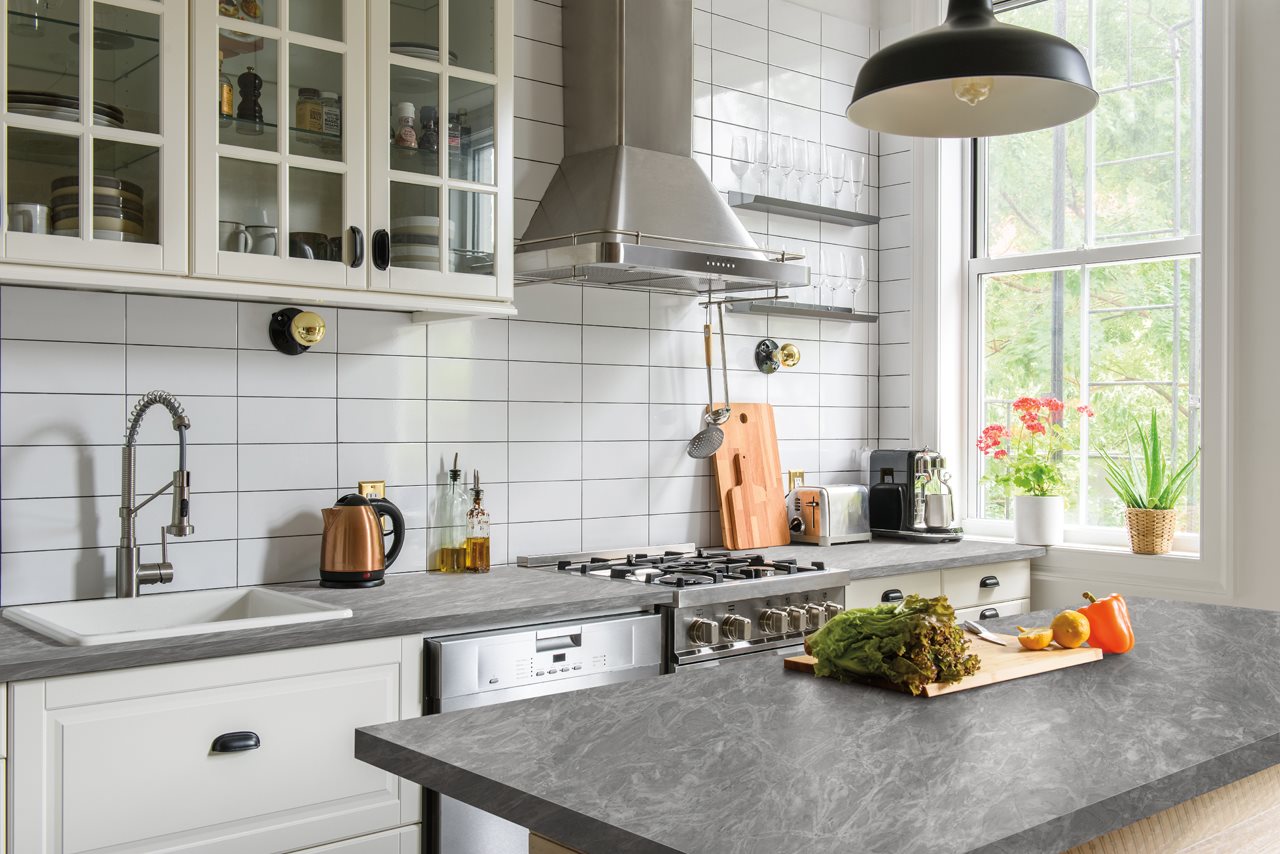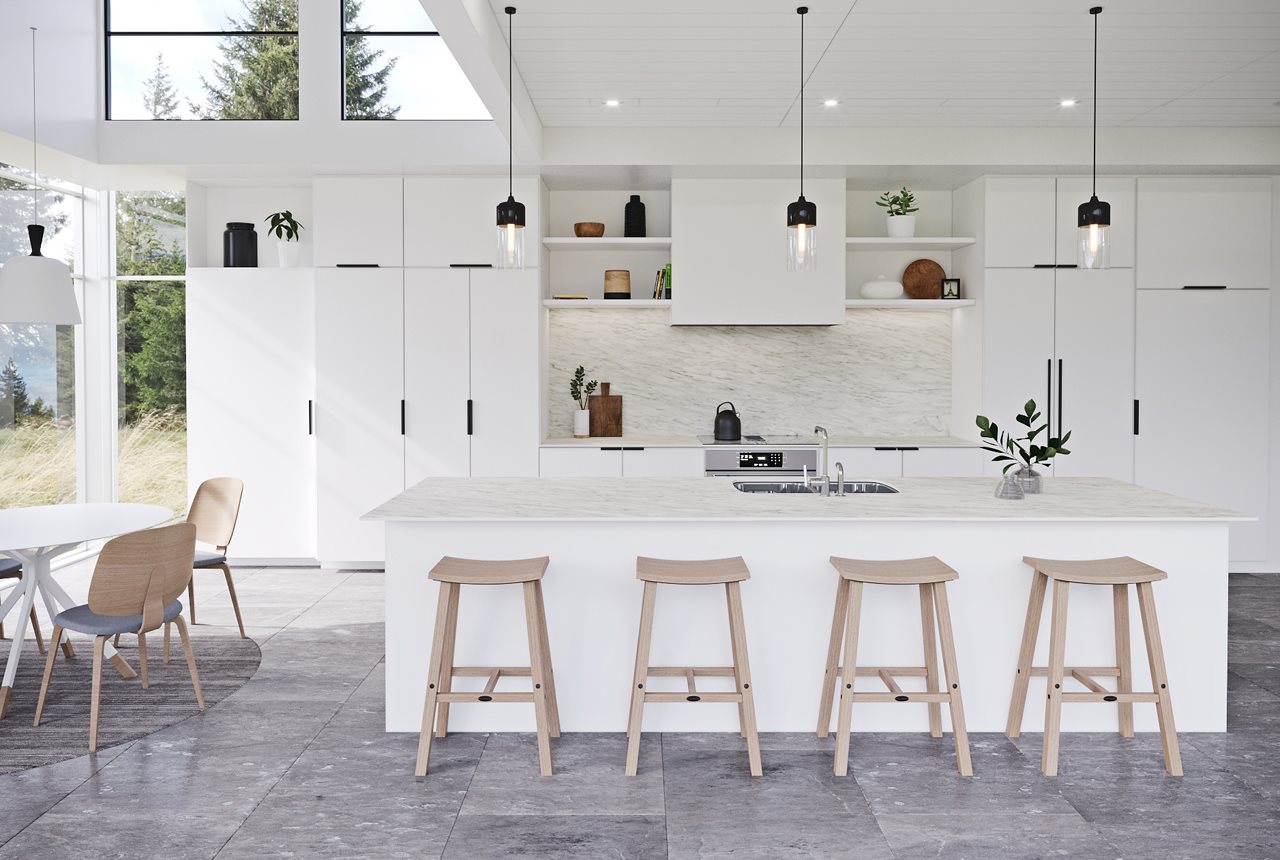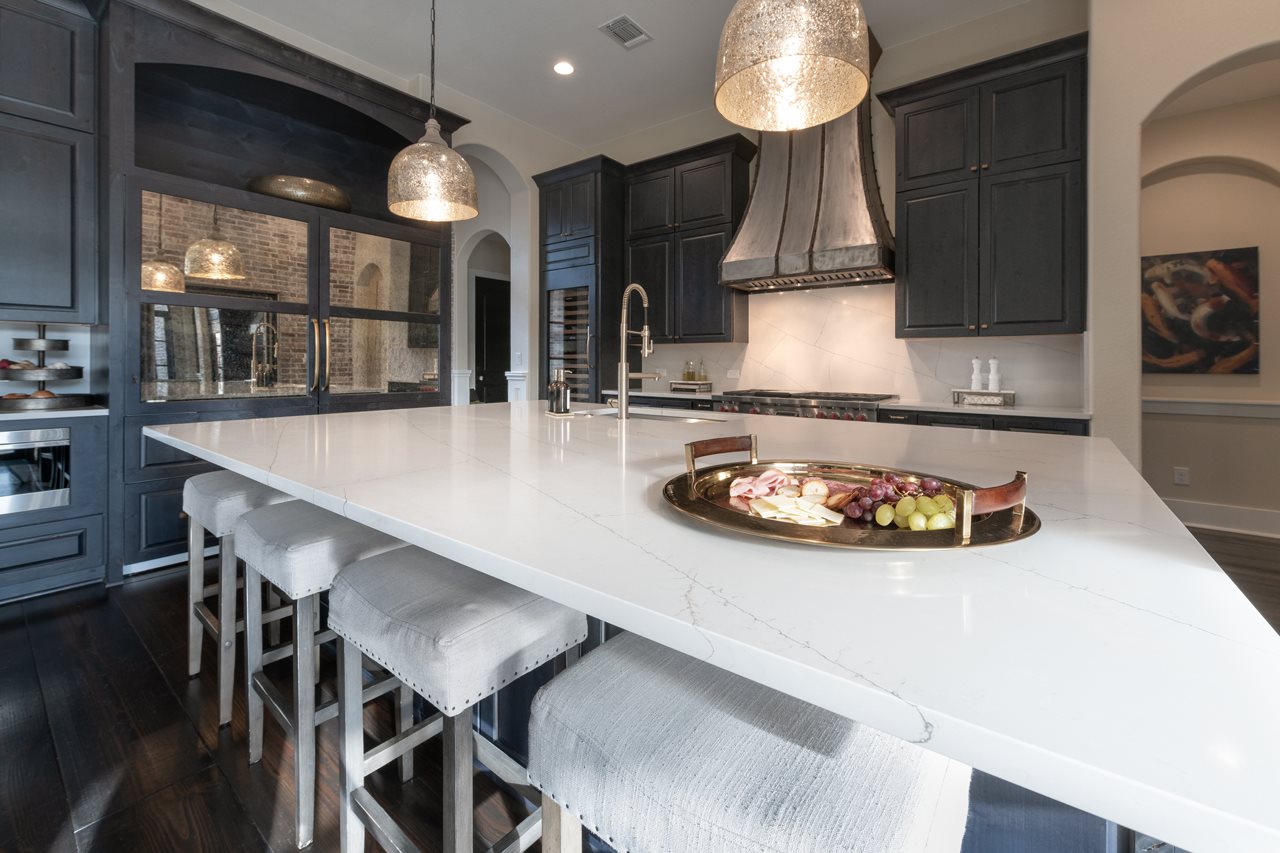2022-05-10T11:01:00

(BPT) – Put a little spring in your step — and rosé in your wine glasses — with these fabulous finds to celebrate the warm weather. Rosé is light, refreshing and versatile, the perfect pink-hued partner for food, fun and, of course, flowers.
Rosé wine is made by allowing red wine grapes to stay in contact with the juice for a short amount of time at the beginning of the wine-making process, which creates bright and balanced flavor that pairs beautifully with a wide array of dishes.
“Don’t be afraid to try different things than you might otherwise,” says Theo Rutherford, a sommelier, wine expert, and drinks educator with Deutsch Family Wine & Spirits. “Rosé goes well with a lot of foods including fish, fresh veggies and maybe even a little fruit. It might surprise some people that it also goes really well with red meat, pasta, spices and other bold flavors.”
Here are Rutherford’s top selections for spring and summer:
Picnicking in the Park

Fleurs de Prairie, which translates as “wildflowers”, celebrates the beautiful fields of flowers carpeting the South of France. This region benefits from an idyllic combination of sun, wind and sea. Fleurs de Prairie is a pale salmon color, with delicate flavors of red fruit and lemon, and a subtle note of tropical fruits on the finish. The beautiful bottle will elevate any summer picnic and the wine pairs well with casual picnic foods, such as sandwiches, charcuterie, and cheese.
Giving the Bride Away
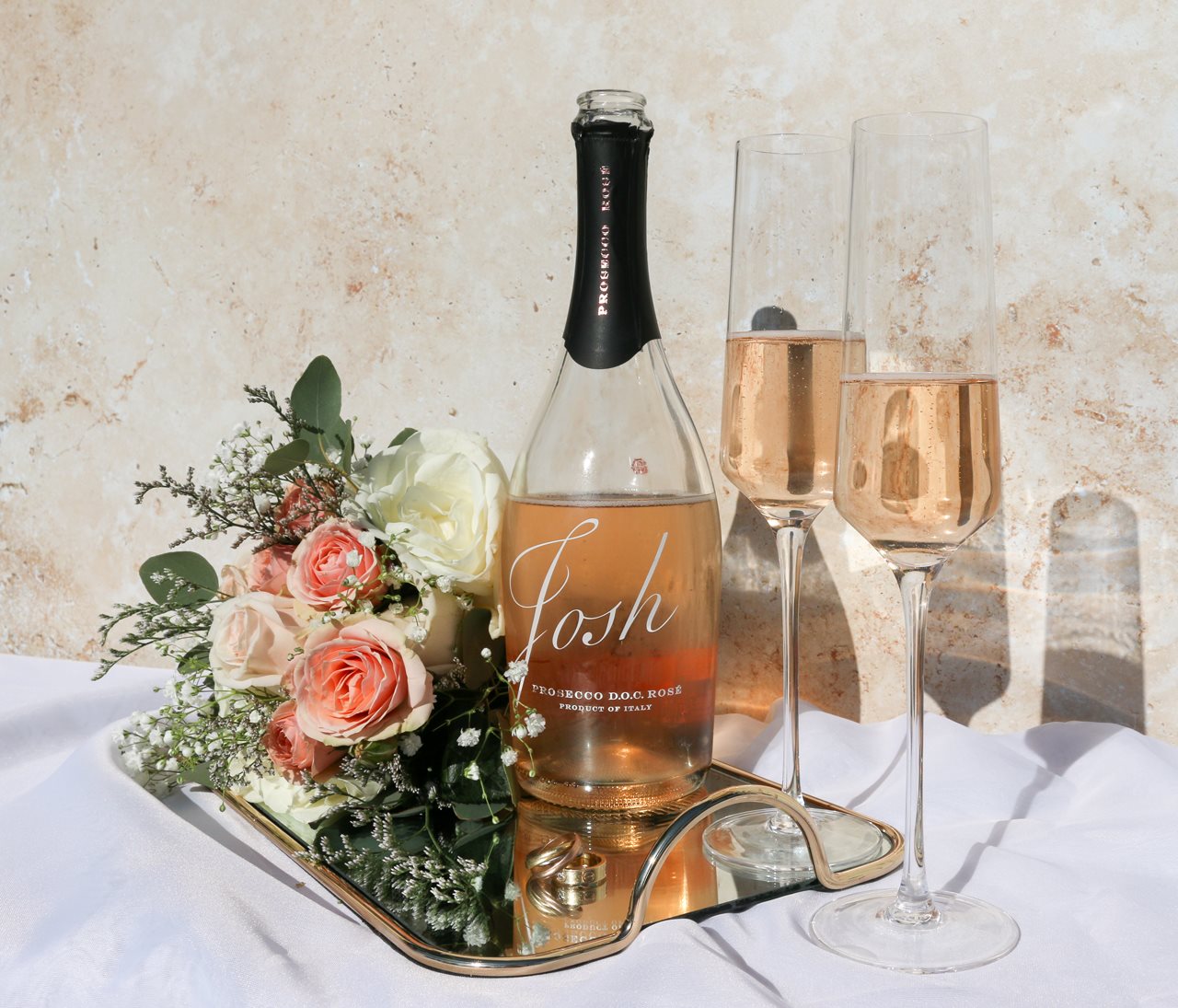
Love is in the air — and wine — with Josh Cellars Prosecco Rosé. Josh Cellars was created in gratitude for a father. It is fitting for walks down the aisle and all the teary-eyed toasts to follow. This sparkling wine is produced in Italy, offering fresh wild berry and blackberry notes, complemented by refreshing acidity and effervescence.
For anyone looking for a signature cocktail at a summer wedding, Josh Cellars Prosecco Rosé also provides a new twist on a classic French 75 cocktail. Combine 1.5 parts Gray Whale Gin, 1 part lemon juice, 1 part simple syrup and 1 part Prosecco Rosé. Gray Whale Gin marries beautifully with the bubbly in this celebratory drink. Plus, you can feel good serving and enjoying it as every bottle of Gray Whale Gin benefits ocean conservation.
Find where to purchase Gray Whale Gin
Streaming Rom Coms

Enjoy a Sunday afternoon on the couch with your favorite romantic comedy and [ yellow tail ] Rosé. This wine is crisp and delicate, blossoming with juicy strawberries and cherry flavors. Unlike a movie plot, there’s nothing complicated about this easy-to-enjoy wine. It pairs perfectly with lingering kisses, getting caught in the rain and hot buttered popcorn.
Following a Farmers Market
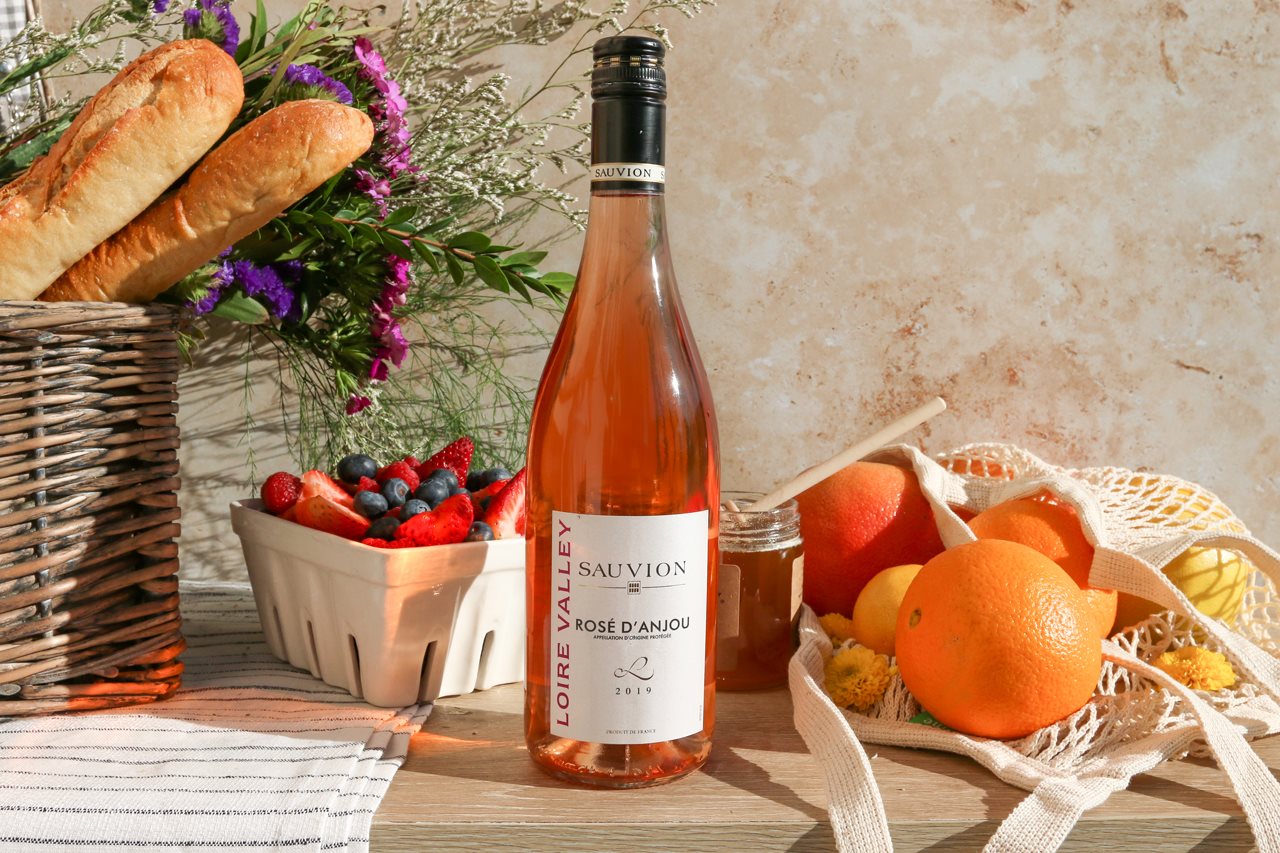
Made by a third-generation winemaker and sourced from 30-year-old vines in France’s Loire Valley Region, Sauvion Rosé d’Anjou is bursting with ripe strawberry and red currant aromas with hints of mint. The palate is off dry, highlighted with fresh strawberry and red cherry flavors, balanced by bright acidity and a long, lingering finish. It goes great with all your farmers market finds, including all the delicious, fresh vegetables you find during the summer.
“Think about how much sweetness your wine shows,” says Rutherford. “If it is a sweeter style, think about pairing it with something that has some heat to it, as it will cut the heat and balance the dish out.”
Watching Your Garden Grow
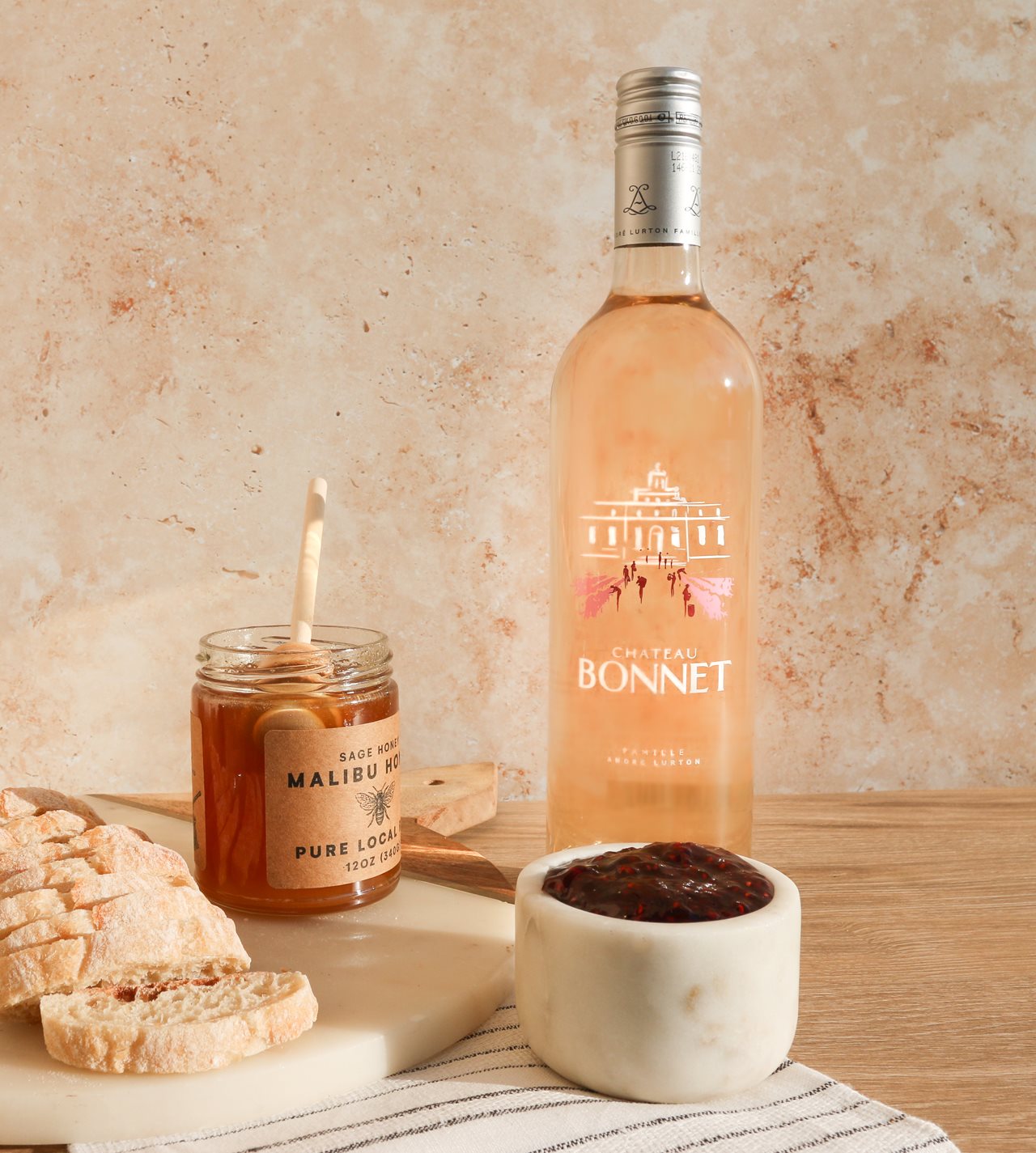
Kick back, relax and let Mother Nature do her thing. Château Bonnet Rosé is made from grapes grown on 52 acres of sustainably farmed estate vineyards in France’s famed Bordeaux region. This beautifully pale pink rosé has intense aromas of white peach and pink grapefruit, with light honeysuckle notes. The wine is round and smooth on the palate, with refreshing acidity that carries the fruit on a long finish. This versatile wine pairs well with all kinds of food, including a classic French loaf with jam or honey.
Savoring the Sunshine
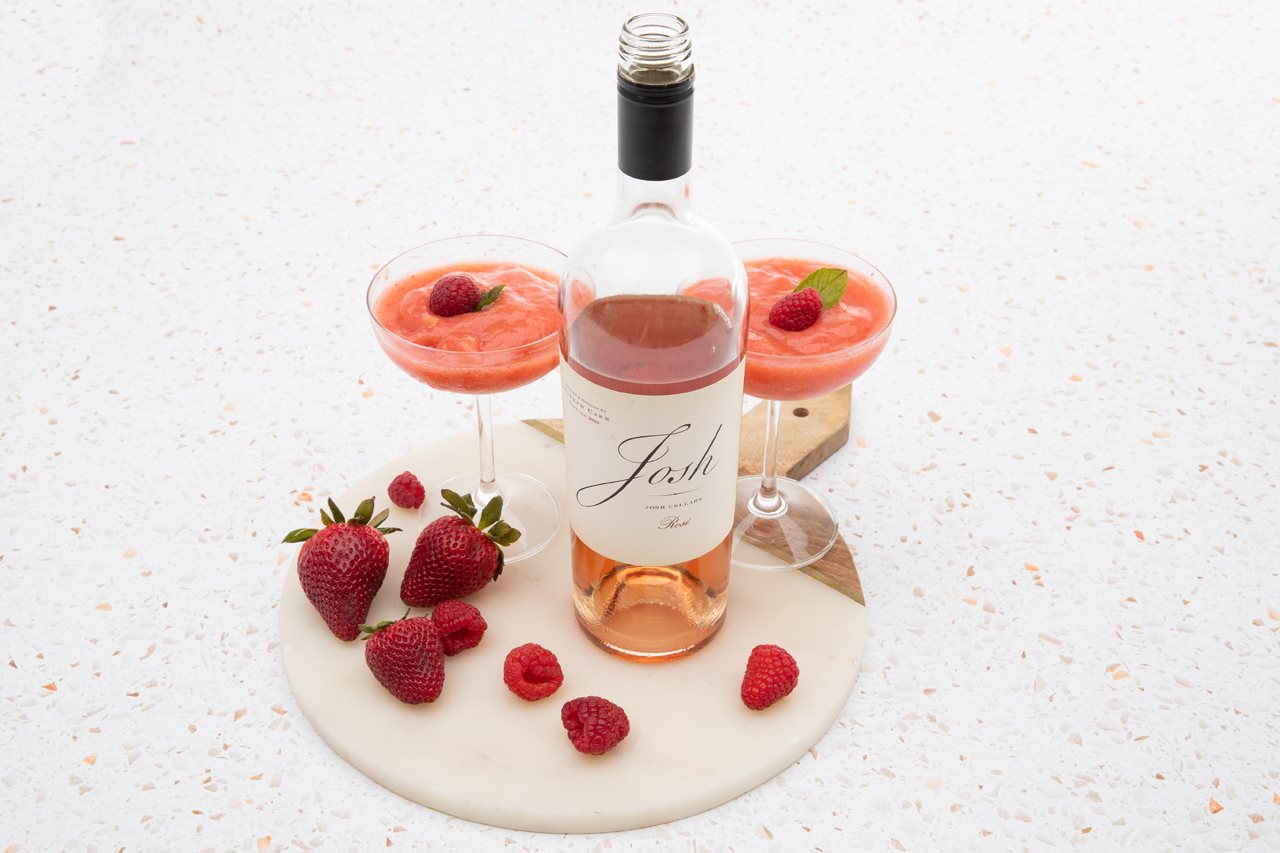
Say “Yes, please!” to warmer weather with a “Frosé”. Make it by blending together the #1 rosé in the country, Josh Cellars Rosé, with frozen strawberries, peaches or raspberries. Sweeten to taste with simple syrup. Frozen fruit is always in season and prevents the drink from getting watered down by ice. Garnish with a sprig of mint and enjoy.






